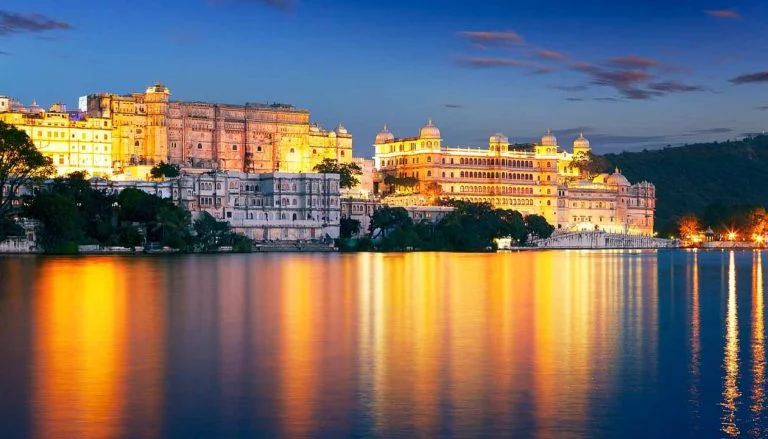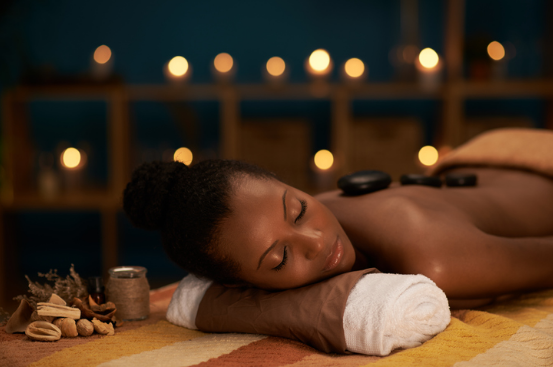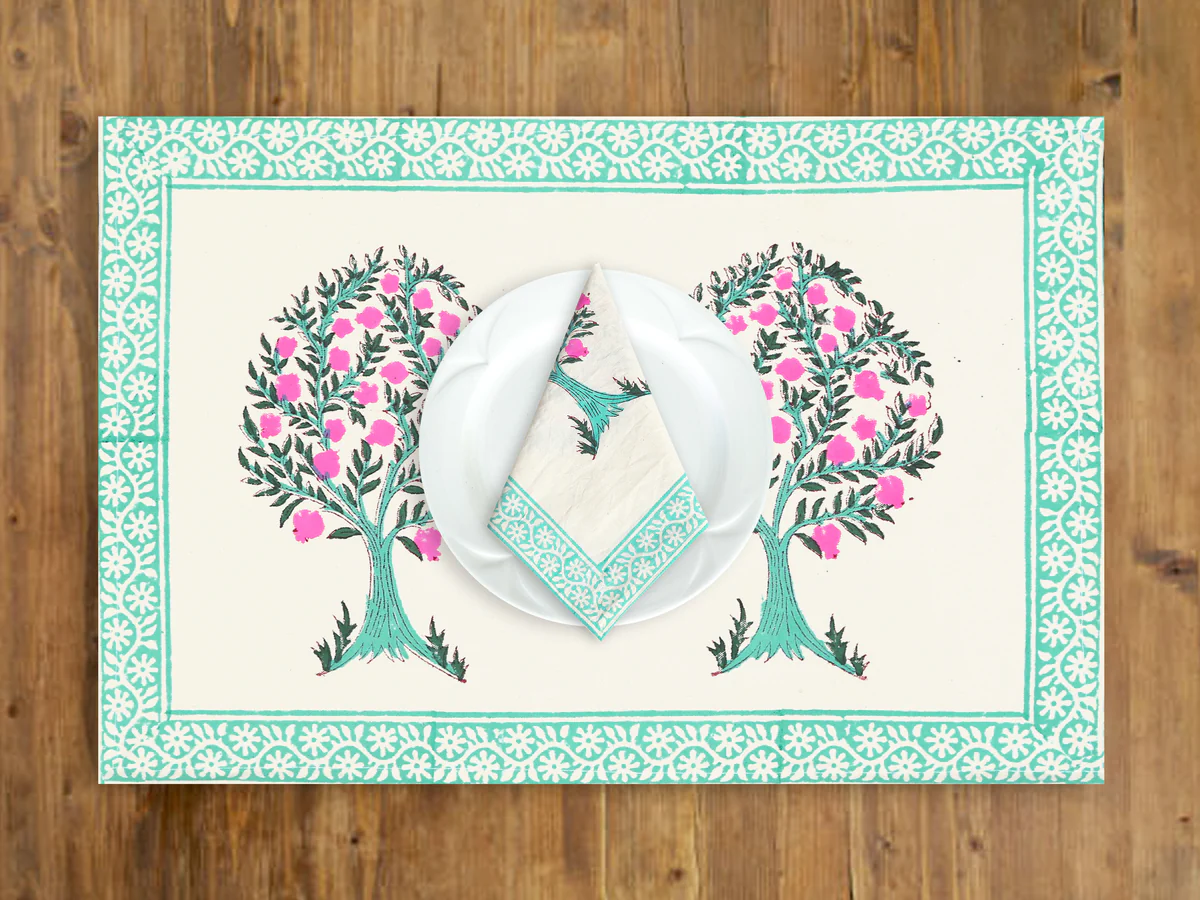From Royal Palaces to Rooftop Cafes: A Local’s Guide to Udaipur

What Makes Udaipur’s Royal Palaces Worth Visiting?
Udaipur is renowned for its magnificent royal heritage, and its palaces are central to this identity. The City Palace, located on the banks of Lake Pichola, offers a panoramic view of the city and the lake. Built over nearly 400 years, it reflects a fusion of Rajasthani and Mughal architectural styles. The Mor Chowk (Peacock Courtyard), Sheesh Mahal, and Zenana Mahal are some of the most visited sections within the complex.
Next in line is Jag Mandir Palace, an island palace built on Lake Pichola. It is often accessed by boat and serves as an iconic spot for history lovers and photographers. Fateh Prakash Palace, now part of a heritage hotel, also retains historical artefacts like royal paintings, crystal furniture, and vintage chandeliers.
These palaces aren’t just buildings; they are living chronicles of Mewar’s royal legacy.
How Can You Experience the Cultural Side of Udaipur?
Beyond the regal facades, Udaipur holds rich traditions in music, dance, and art. Bagore Ki Haveli, located near Gangaur Ghat, is a restored 18th-century haveli that now serves as a cultural museum. Each evening, it hosts a traditional folk performance, “Dharohar Dance Show,” showcasing local Rajasthani dance forms like Ghoomar and Bhavai.
Udaipur is also known for miniature paintings. Visit local art schools in areas like Chandpole and Lal Ghat, where artisans continue to practice this detailed style. Handicraft markets such as Shilpgram offer handcrafted goods, textiles, and tribal art, creating a direct link between the city’s past and present cultural expressions.
Which Rooftop Cafes Offer the Best Views and Food?
Udaipur’s rooftop cafes provide a quiet escape with panoramic views of lakes and palaces. Most are located near Lake Pichola and the old city area, offering stunning visuals especially during sunrise and sunset.
Some of the popular rooftop spots include:
-
Upre by 1559 AD: Overlooking Lake Pichola and Jag Mandir, known for its peaceful ambiance.
-
Ambrai Ghat View Cafes: Several small cafés around this ghat serve traditional Indian chai and quick snacks while giving you a glimpse of City Palace across the lake.
-
Rainbow Restaurant: Located near Jagdish Temple, this café has a casual rooftop ideal for backpackers and solo travellers.
-
Sunset Terrace at Fateh Prakash Palace: Offers a premium view of the sunset behind the Aravalli Hills.
Many cafes blend traditional and continental menus, allowing travellers to enjoy food while appreciating local culture.
What Local Markets Are Ideal for Shopping?
Udaipur’s markets are vibrant and full of handmade goods, textiles, and jewellery. One of the most visited is Hathi Pol Bazaar, popular for Rajasthani handicrafts, paintings, and leather journals. The Bada Bazaar is known for traditional Rajasthani jewellery and bandhani sarees.
A few more popular market spots include:
-
Chetak Circle: Good for souvenirs like puppets, handmade notepads, and brass idols.
-
Jagdish Chowk Market: Best for antique items and hand-embroidered fabrics.
-
Shilpgram: Offers rural handicrafts from across Rajasthan and neighbouring states, ideal for culturally inclined travellers.
These markets are best explored in the morning or late afternoon to avoid the heat.
What Is the Best Way to Explore Udaipur’s Local Charm?
Walking through Udaipur’s narrow lanes gives travellers a close look at daily life. Areas like the Old City, Ambrai Ghat, and Gangaur Ghat are full of local life. Temples, street vendors, heritage homes, and colourful wall murals provide a visual feast.
For those who prefer a convenient and comfortable mode of transport for a full-day itinerary, a reliable Taxi Service in Udaipur can help cover longer distances like Sajjangarh Fort or Eklingji Temple without missing important local stops.
Local transportation options also include auto-rickshaws and bike rentals, but having a cab ensures safety and time efficiency.
Where Can You Find Peaceful Nature Spots in Udaipur?
Nature is a big part of Udaipur’s charm. Apart from Lake Pichola, other lesser-known water bodies like Fateh Sagar Lake, Dudh Talai, and Badi Lake offer quieter surroundings.
Sajjangarh Monsoon Palace, situated on a hilltop, offers sweeping views of the city and its lakes. It’s particularly magical during the monsoon season, when clouds drift around the Aravalli peaks. Gulab Bagh, a historical garden near the City Palace, is great for morning walks and birdwatching.
These nature spots are best visited in early morning or evening for ideal light and temperature.
How Can You Plan a One-Day Sightseeing Itinerary in Udaipur?
If you have just one day to explore, prioritise landmarks that offer historical, scenic, and local charm. A suggested plan could include:
-
Morning: City Palace and Jagdish Temple
-
Late Morning: Boat ride to Jag Mandir
-
Lunch: Rooftop café near Lake Pichola
-
Afternoon: Visit Bagore Ki Haveli and nearby ghats
-
Evening: Cultural performance or sunset at Sajjangarh Palace
-
Night: Explore Fateh Sagar’s lakeside drive and street food
Booking a Udaipur Sightseeing Taxi helps travellers stick to the schedule and avoid navigating unfamiliar roads.
What Are Some Must-Know Travel Tips for Visiting Udaipur?
When visiting Udaipur, it’s helpful to keep in mind the following:
-
Seasonal Timing: October to March is the best time due to pleasant weather.
-
Dress Code: Modest clothing is recommended, especially when visiting temples and palaces.
-
Footwear: Comfortable walking shoes are essential for old city lanes and stairs.
-
Entry Fees: Some palaces and museums charge fees separately for photography and video.
-
Local Etiquette: Respect local customs, especially in spiritual or traditional spaces.
Also, always carry cash for small purchases, as some local vendors may not accept digital payments.
What Makes Udaipur Different from Other Indian Cities?
Udaipur stands out for its blend of royal history and scenic beauty. Unlike many Indian cities, it’s relatively quieter, especially around the lakes. The city’s architectural consistency in white and pastel shades gives it the nickname “White City.”
What sets Udaipur apart is the integration of daily life with heritage. Whether it’s people gathering for evening walks by the lake or locals performing rituals at ghats, every part of the city feels authentically preserved.
This authenticity is reflected in its architecture, food, art, and even in its festivals like Gangaur, which is celebrated with processions and rituals by Lake Pichola.
Why Is Udaipur a Good Destination for All Types of Travellers?
Whether you are a solo traveller, a couple, or a family, Udaipur caters to all. History lovers can explore royal palaces, cultural seekers can witness traditional dance shows, and foodies can enjoy a blend of street and rooftop dining. Nature enthusiasts will enjoy lakes and sunset points, while shoppers will find joy in handmade Rajasthani items.
Accessibility is another key advantage. Udaipur is well connected by road, rail, and air, making it a convenient destination. Options for accommodation also range from backpacker hostels to luxurious heritage stays.
Its balanced mix of tradition, beauty, and ease of travel makes it suitable for a wide range of visitor preferences.







